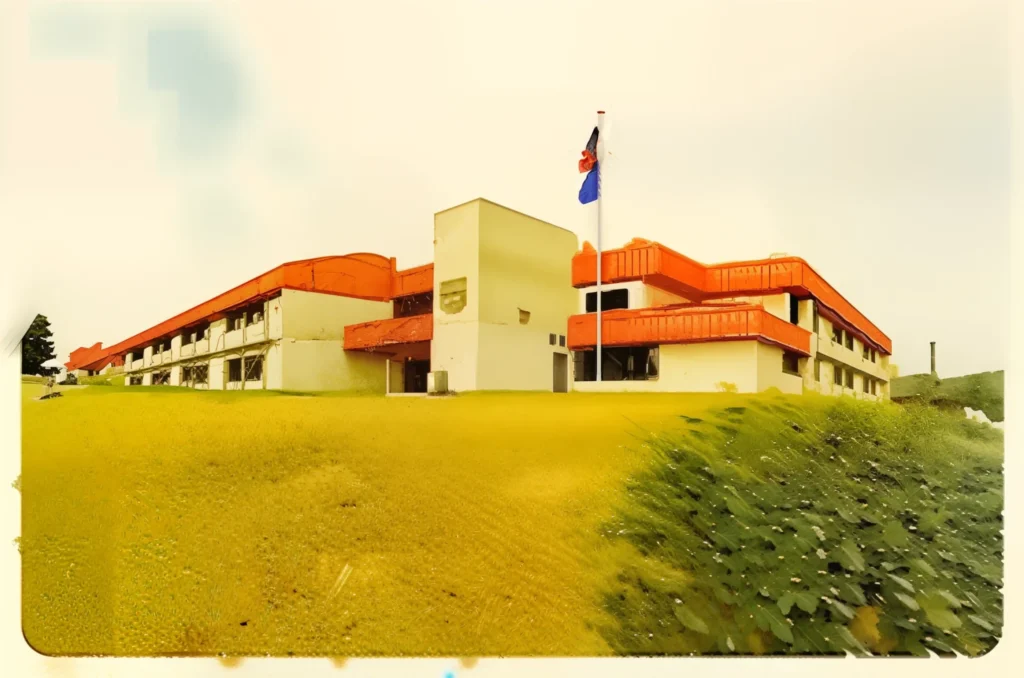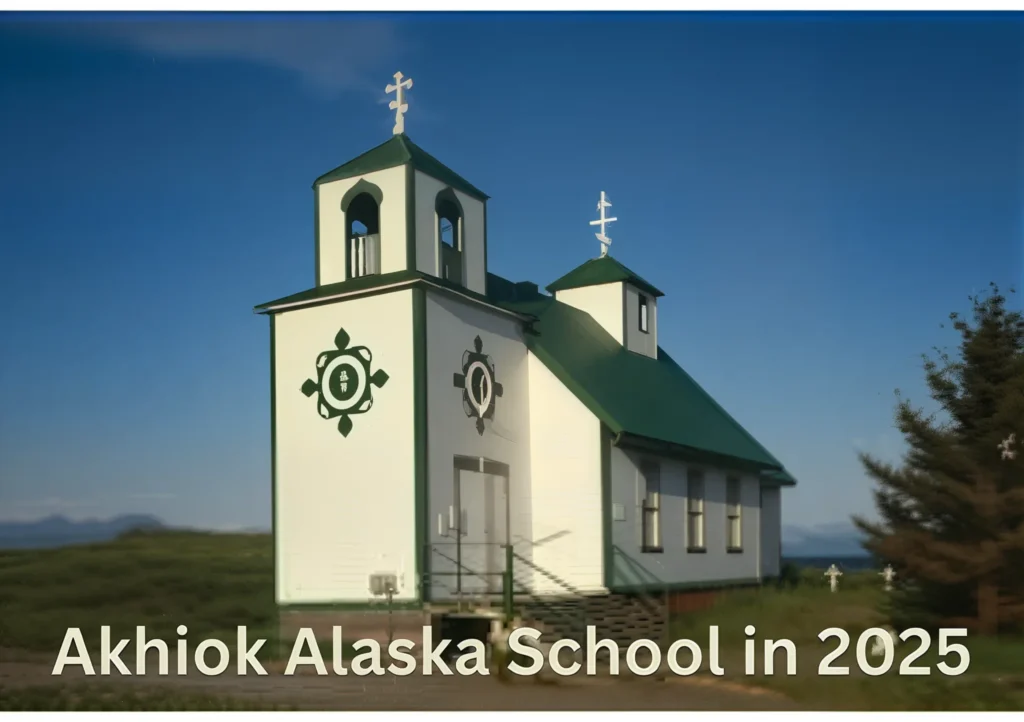Tucked away on the southern tip of Kodiak Island, Akhiok is one of the most remote villages in Alaska, and its only school is a lifeline for the entire community. In 2025, Akhiok Alaska School remains a critical institution, not just for education, but for cultural preservation, community support, and youth development.
As rural education in Alaska evolves with new technologies and funding challenges, schools like Akhiok are adapting, but not without hurdles. Here’s a comprehensive look at what’s happening at Akhiok Public School in 2025.
Akhiok is located at the southern end of Kodiak Island, accessible only by boat or small aircraft. With a population hovering around 70 residents, it’s one of Alaska’s smallest and most isolated communities. The Kodiak Island Borough School District oversees the village’s educational system, but distance and logistics make schooling a unique experience here.
Transportation challenges are a part of daily life. There are no roads connecting Akhiok to other towns. Teachers often arrive by bush plane, and students walk to school — weather permitting. Severe storms and limited flight schedules can sometimes delay staff, supplies, or even entire school days.
Akhiok School is a public K–12 institution serving the village’s small student population. As of 2025, school enrollment sits at just 8 students, a common number in many Alaska bush schools.
Despite the size, the student-to-teacher ratio is incredibly low — often 1:2 or even 1:1 — allowing for personalized instruction. The building includes a classroom space, small library, internet-connected devices, and access to online learning platforms. While modest, the school’s facilities are equipped to handle modern educational needs, thanks to state and federal rural funding.

The curriculum follows state standards, with core subjects like math, science, reading, and history. But in 2025, digital learning plays a larger role than ever. Remote teachers from Kodiak and beyond supplement lessons via video conferencing, a key solution for limited staff.
Cultural education is also prioritized. Local Alutiiq traditions are woven into lessons, helping students learn language, subsistence practices, and community values. This integration helps preserve Native heritage and connect youth to their identity.
Technology access remains a challenge, but the school now has satellite internet that supports remote classes, educational videos, and communication with the broader district.
Akhiok School typically has 1–2 full-time teachers and part-time support staff, including aides and visiting specialists. As of 2025, staffing remains a major challenge. Recruiting teachers willing to relocate to such an isolated environment is difficult.
Those who do come are often drawn by a passion for rural education and the opportunity to make a profound impact. Teachers live in community-provided housing and become deeply embedded in the village. Their presence often extends beyond the classroom, mentoring youth, organizing events, and sometimes even helping with local logistics.
In a town this small, Akhiok School is the heart of the community. It hosts events like student showcases, holiday gatherings, and cultural festivals. It’s also a resource hub — providing internet access, books, and meals for families.
Parent involvement is high, with families participating in school activities and decision-making. The school’s connection to local traditions makes it not just an academic space, but a bridge between elders and youth.
In 2025, the school has seen modest infrastructure improvements, including better internet connectivity and upgraded classroom equipment. The Kodiak Island School District has also introduced virtual tutoring programs and mental health support services, accessible via telehealth platforms.
Parent involvement is high, with families participating in school activities and decision-making. The school’s connection to local traditions makes it not just an academic space, but a bridge between elders and youth.
Despite progress, significant challenges persist:
- Staff retention remains difficult due to isolation, harsh winters, and limited social interaction.
- Supply logistics are complex, from textbooks to meals, everything must be flown in.
- The digital divide still impacts students’ ability to compete with peers in urban areas.
- Harsh weather conditions can cause school closures or prevent virtual learning when internet goes down.
- Funding gaps continue to affect small-town schools across Alaska, especially with declining rural populations.
In 2025, the school has seen modest infrastructure improvements, including better internet connectivity and upgraded classroom equipment. The Kodiak Island School District has also introduced virtual tutoring programs and mental health support services, accessible via telehealth platforms.
Akhiok Alaska School is more than just a place of learning, it’s a symbol of resilience and community in one of America’s most remote regions. In 2025, it continues to adapt, inspire, and serve as a model for rural education in Alaska.
Supporting schools like Akhiok means recognizing the value of small-town education, cultural preservation, and equal opportunity for all children, no matter how far off the road system they may live.












